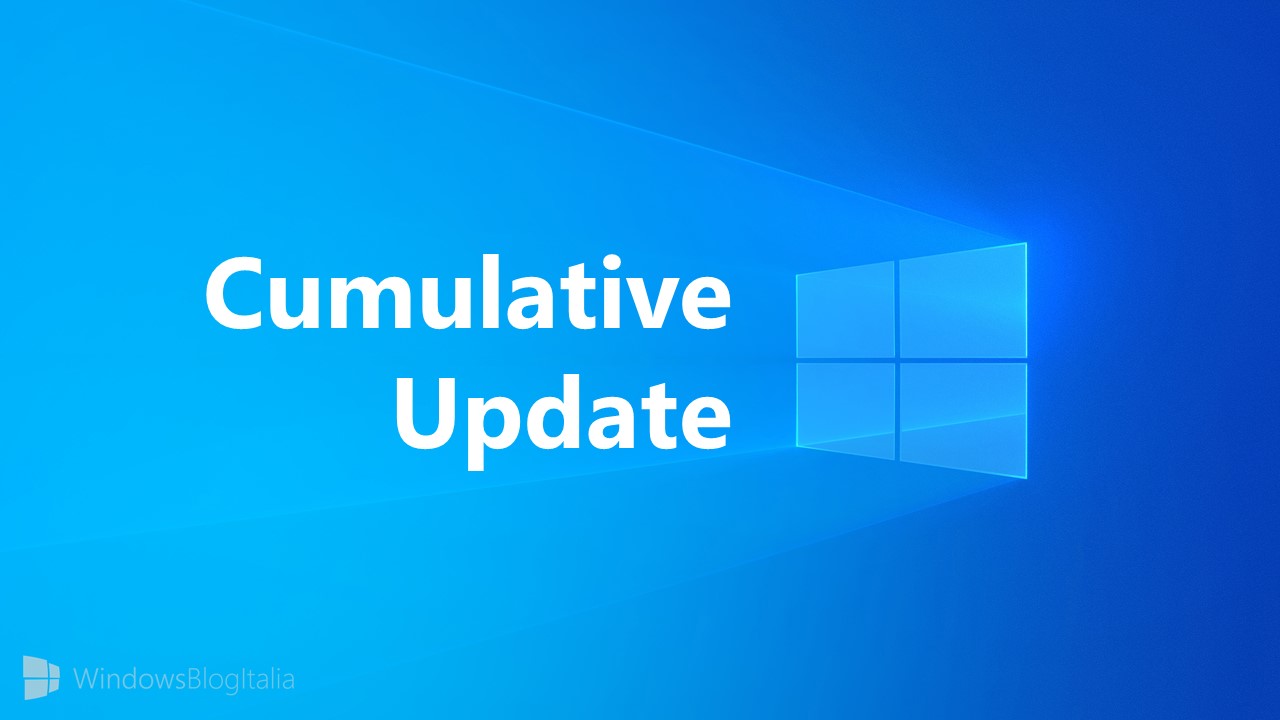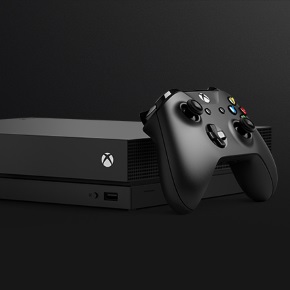
È disponibile un nuovo aggiornamento cumulativo per Windows 10. Microsoft ha infatti appena rilasciato l’aggiornamento cumulativo per l’attuale versione ufficiale del suo sistema operativo e quelle precedenti. Come al solito è disponibile tramite Windows Update.
NOTA | Disponibile anche nei canali Insider Lento e Release Preview.
L’aggiornamento cumulativo, scaricabile da tutti gli utenti di Windows 10 May 2019 Update, prende il nome di KB4501375 e porta con sé ulteriori correttivi, miglioramenti della stabilità, della sicurezza e dell’esperienza di aggiornamento a Windows 10.
Elenco correzioni e miglioramenti Windows 10 Build 18362.207
- Addresses an issue that fails to display the cursor when you hover over the keyboard magnifier.
- Addresses an issue with looping redirects between Microsoft Edge and Internet Explorer 11.
- Addresses an issue with Scalable Vector Graphics (SVG) marker display.
- Addresses an issue with programmatic scrolling in Internet Explorer 11.
- Addresses an issue with displaying portions of a webpage that has many elements and multiple nesting levels under certain conditions in Internet Explorer.
- Addresses an issue that may cause “Error 1309” while installing or uninstalling certain types of .msi or .msp files on a virtual drive.
- Addresses an issue that may cause Night light, Color Management profiles, or gamma correction to stop working after shutting down a device.
- Addresses an issue that only shows grey scale in the camera during Windows Hello enrollment.
- Addresses an issue that may cause playback of some video content generated by iOS devices to fail.
- Addresses a desktop and taskbar flickering issue on Windows Server 2019 Terminal Server that occurs when using User Profile Disks.
- Addresses an issue that allows users to disable the sign-in background image when the “Computer\Administrative Templates\Control Panel\Personalization\Prevent changing lock screen and logon image” policy is enabled.
- Addresses a disconnection issue when using fitness software on an Android phone that has the Your Phone application installed.
- Addresses an issue that prevents the Windows Event Log service from processing notifications that the log is full. This makes event log behaviors, such as archiving the log when it reaches a maximum file size, impossible. Additionally, the Local Security Authority (LSA) cannot handle CrashOnAuditFail scenarios when the Security log is full, and events cannot be written.
- Addresses an issue that causes Office 365 applications to stop working after opening when they are deployed as App-V packages.
- Addresses an issue that may prevent Container Hosts from receiving an address from a Dynamic Host Configuration Protocol (DHCP) server.
- Addresses an issue that may prevent some upgrades from Windows 7 from completing successfully when third-party antivirus software is installed.
- Reinforces the Certificate Revocation List (CRL) on Internet Key Exchange version 2 (IKEv2) machines for certificate-based virtual private network (VPN) connections, such as Device Tunnel, in an Always On VPN deployment.
- Addresses an issue that triggers a Group Policy update even when there are no policy changes. This issue occurs when using the client-side extension (CSE) for folder redirection.
- Addresses an issue that may prevent the Preboot Execution Environment (PXE) from starting a device from a Windows Deployment Services (WDS) server configured to use Variable Window Extension. This may cause the connection to the WDS server to terminate prematurely while downloading the image. This issue does not affect clients or devices that are not using Variable Window Extension.
- Addresses an issue that may display the error, “MMC has detected an error in a snap-in and will unload it.” when you try to expand, view, or create Custom Views in Event Viewer. Additionally, the application may stop responding or close. You may also receive the same error when using Filter Current Log in the Action menu with built-in views or logs.
- Addresses an issue with WinHTTP registrations that increase the registry size and delay the operating system’s startup. This occurs on devices that use proxy auto-config (PAC) files to define how web browsers and agents select an appropriate proxy server. To stop the incremental growth of the registry, update the following:
Path: HKEY_CURRENTUSER\”Software\Classes\Localettings\Software\Microsoft\Windows\CurrentVersion\AppContainer\Mappings”
Setting: CleanupLeakedContainerRegistrations
Type: DWORD
Value: 1
A value of 1 removes preexisting registrations; a value of 0 (default) retains existing registrations.
Non dimenticatevi che gli aggiornamenti cumulativi sono presenti anche nel nostro Forum, nella sezione Windows 10 PC e tablet > Download > Windows 10 RTM Cumulative Update disponibile a questo indirizzo.
Articolo di Windows Blog Italia












